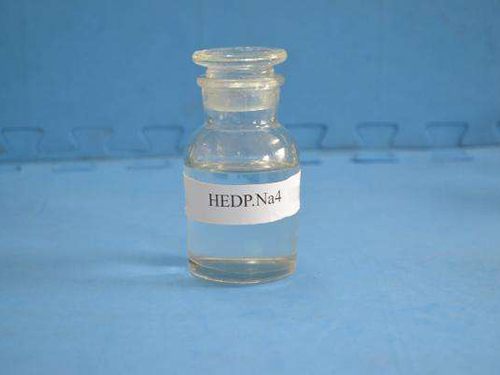poly aluminum chloride sds
Poly Aluminum Chloride (PAC) Safety Data Sheet Overview
Poly Aluminum Chloride (PAC) is a widely used chemical in water treatment processes, particularly in municipal water purification and industrial applications. As a coagulant, PAC aids in the aggregation of suspended particles in water, facilitating their removal. Given its extensive usage and the potential hazards associated with chemical handling, understanding the safety data sheet (SDS) for PAC is crucial for ensuring safe handling and use.
Chemical Identification
The SDS for Poly Aluminum Chloride provides crucial information about the chemical identity of the compound. PAC is primarily composed of aluminum, chlorine, and oxygen, typically in the form of a white or yellow powder. It has a varied molecular weight and the pH can range from acidic to neutral, depending on its formulation. The specific concentration of aluminum ions is key to its functionality in water treatment processes.
Hazards Identification
One of the critical components of the SDS is the hazards identification section. PAC is generally considered to have low toxicity; however, exposure can lead to irritation of the skin, eyes, and respiratory tract. It is classified as a corrosive substance and can cause more severe reactions upon prolonged exposure. Therefore, appropriate personal protective equipment (PPE) such as gloves, goggles, and masks should be worn when handling this chemical.
First-Aid Measures
poly aluminum chloride sds

In case of exposure, the SDS outlines essential first-aid measures. For skin contact, it is recommended to wash the affected area thoroughly with soap and water. If PAC comes into contact with the eyes, it is crucial to rinse them with plenty of water for at least 15 minutes and seek medical attention. For inhalation, moving the affected person to fresh air and allowing them to breathe normally is essential. If symptoms persist, medical attention should be sought immediately.
Handling and Storage
The SDS provides guidelines for the safe handling and storage of PAC. It should be stored in a cool, dry, well-ventilated area, away from incompatible substances such as strong oxidizing agents. Containers should be kept tightly closed when not in use to prevent moisture absorption and degradation. Handling procedures should always include minimizing dust generation and ensuring proper ventilation to limit inhalation exposure.
Disposal Considerations
The disposal of PAC should be conducted in accordance with local regulations. The SDS advises against releasing PAC into the environment and suggests that any leftover or unused product be disposed of safely, following appropriate hazardous waste disposal protocols.
Conclusion
Understanding the safety data sheet for Poly Aluminum Chloride is vital for anyone involved in its handling and utilization. By adhering to the guidelines provided in the SDS, the risks associated with PAC can be managed effectively, ensuring safety for individuals and environmental protection. Continuous education and training on the use of this chemical will foster a safer workplace and promote environmentally sound practices in water treatment facilities and other industries utilizing PAC.
-
Water Treatment with Flocculant Water TreatmentNewsJun.12,2025
-
Polymaleic AnhydrideNewsJun.12,2025
-
Polyaspartic AcidNewsJun.12,2025
-
Enhance Industrial Processes with IsothiazolinonesNewsJun.12,2025
-
Enhance Industrial Processes with PBTCA SolutionsNewsJun.12,2025
-
Dodecyldimethylbenzylammonium Chloride SolutionsNewsJun.12,2025





